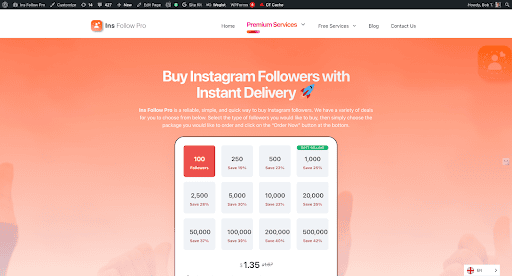
Revenue management is becoming increasingly challenging, especially as the US faces an unprecedented accountant shortage. According to Fortune, the country is short of 340,000 accountants, resulting in errors in earnings statements that can cause problems in the long run. The current pool of certified public accountants is thus facing overwork and is prone to making mistakes. New data from management consulting company Gartner found that 59%, or nearly six in ten people, make several accounting-related errors monthly, and 33% of accountants make multiple financial errors weekly. That said, automation could sidestep these human errors, as the survey also reports 75% fewer errors among companies with a high acceptance of technology. Revenue management-related mistakes can be costly, cause legal compliance issues, and even shake investor confidence. Here are a few reasons to consider automating this process:
Cut down time spent on accounting
Accounting tasks can be notoriously time-consuming, requiring meticulous attention to detail and often involving repetitive manual processes. From tracking expenses to ensuring compliance with ever-changing regulations, accounting demands can quickly eat into valuable time that could be better spent on profitable analytical tasks. To address this issue, Softrax provides enterprise revenue management solutions that deliver system-wide automation, seamlessly integrating with existing CRM, CPQ, and home-grown systems. By delivering comprehensive revenue recognition tools for order management, billing, contract renewal, and more, the software streamlines operations, minimizes errors, and reduces time spent on manual data entry and reconciliation. As a result, businesses can free up valuable workforce and resources to focus on strategic initiatives that drive revenue growth.
Make data-driven business decisions
Erroneously entered data, which contains informational gaps or has not been entirely digitized, can have severe revenue-related implications. IBM has reported that businesses collectively lose $3 trillion annually due to “bad data”; Gartner estimates the annual cost to be $12.9 million. Accurate and updated revenue information is crucial for a business to succeed. Quality information enables individuals in the organization to use these valuable insights for making evidence-based decisions. Automation can aggregate and analyze data as it is generated daily, allowing employees to create real-time reports on the fly. This way, executives no longer have to wait for teams to assemble analyses to make informed decisions. By leveraging automation tools, decision-makers can identify emerging trends, pinpoint areas for improvement, and capitalize on opportunities more quickly. Automation not only stabilizes revenue but also enhances a business’s overall agility, a fundamental tenet of long-term survival in competitive industries.
Ensure legal compliance
When businesses grow, it’s not uncommon to see an addition in employees, expansion across states, or a change in business types. However, this can mean issues in compliance. According to a Babson College study, 60% of business owners admit that they struggle with legal compliance and regulations. Regulations are ever-evolving, and requirements can be so complex that manual processes may fall short. While corporations have the resources to fund robust compliance departments, small and medium-sized business owners may not, making automation an invaluable tool. Automation tools can keep track of regulation changes and update revenue recording and management processes accordingly. In addition, it can generate clear and efficient audit trails to prove that a business has been on track with compliance. When a business can demonstrate compliance, it fosters peace of mind in the internal operators and builds trust among clients, suppliers, and other external parties.
Automation and digitization are enormous undertakings for any company, as discussed in our Top Two Mistakes to Avoid While Digitizing Your Business post. Addressing communication gaps with employees is vital to ensure everyone is on the same page. With automation on hand to digitize and ensure the accuracy and timeliness of revenue data, leaders and teams are more equipped to drive growth and ensure business success.


